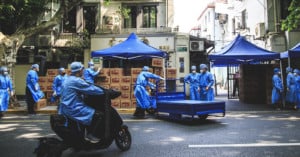
Photos Show What Life Was Like Under Shanghai’s Two-Month Lockdown
For photographer Nicoco, what was meant to be a brief photo project of a five-day lockdown in Shanghai quickly became two-month documentation of frustration, sadness, and boredom.

For photographer Nicoco, what was meant to be a brief photo project of a five-day lockdown in Shanghai quickly became two-month documentation of frustration, sadness, and boredom.
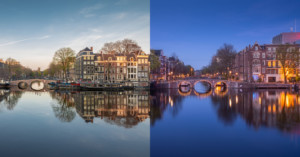
I had not been to the city center of Amsterdam in a while, even though I only live a 5-minute bike ride away. Yesterday evening, close to sunset, I decided to take a look.
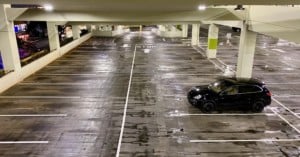
Since mid-March, various policies have been implemented at the state and federal level in the U.S. to mitigate the spread of the coronavirus and the disease it causes, COVID-19.
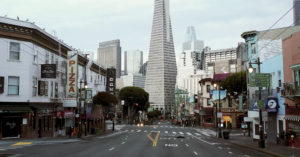
Filmmaker Dan Denegre of Space Race Studio recently shot a short, poignant bit of footage documenting the eerie stillness of San Francisco's once-bustling streets amid the coronavirus pandemic.
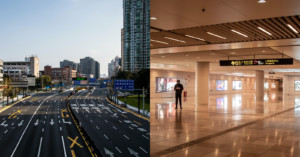
Photographer Nicoco (@nicolattes) recently embarked on a personal project to document Shanghai during the coronavirus outbreak, hoping to capture the emptiness, isolation, and fear that the virus has wreaked on this once-bustling city.
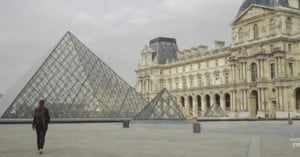
It took 2 months for photographer and filmmaker Mathieu Stern to create his haunting short film "Alone in Paris." That's because it wasn't shot at odd hours when Paris' streets were empty... every scene was shot at 2pm on a weekday and then painstakingly cleaned up in Photoshop!
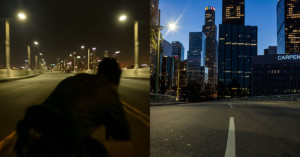
A decade ago, photographer Matt Logue started creating unusual photos of Los Angeles by using Photoshop to remove all the cars and people from the scenes. His project is titled Empty L.A.
Over the past 2 years, photographer Alex Scott has been shooting similar photos of LA freeways. Instead of using Photoshop, however, he wanders onto the freeways in the dead of night, hunting for brief and rare moments when there isn't a single car in sight.
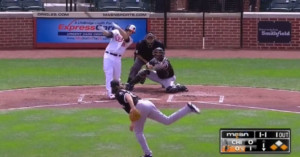
Yesterday, as a result of the ongoing Baltimore protests, the Baltimore Orioles and the Chicago White Sox played in …

In 1964, photographer Duane Michals fortuitously found himself leafing through a photo book that contained the work of French photographer Eugene Atget. Atget's intimate 19th century photographs of Paris inspired Michals to attempt to capture a similarly intimate portrait of New York City.
Thus was born 'Empty New York,' a series of photographs showing the streets of the Big Apple completely devoid of live, exhibited for the very first time as a set at the DC Moore Gallery in New York in April and May of this year.
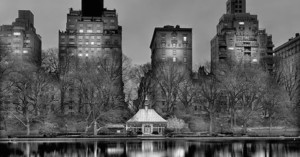
New York-based photographer Michael Massaia's images are easily identified for two reasons: first, because they're all very distinct, black-and-white, large format photographs; and second, because most of them are taken in the middle of the night... a result of Massaia's struggle with insomnia.
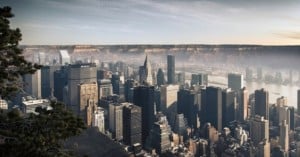
At the end of 2012, Swiss photographer Gus Petro took a trip to the United States, and was met with a sharp dichotomy. When he visited New York City, he found density in all its glory. But when he followed that up with a trip to the Grand Canyon, he was struck by the sheer emptiness of it.
This led to a project dubbed Empty, Dense, Merge, and the photos below represent the final third of that triad.
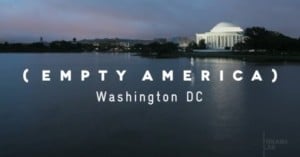
Here's the last planned installment of the Empty America time-lapse series by photographer Ross Ching and Thrash Lab. The video takes us on a journey through the capital of the United States, showing what various landmarks (e.g. Capitol Building, Jefferson Memorial, the White House) look like without the ordinary hustle and bustle of tourists (and security guards).

Two years ago, director Ross Ching created a viral hit by showing Los Angeles in a time-lapse video in which every trace of cars and people was removed. That project was such a success that Ching tells us he's now planning to create an entire series based on the same idea, showing what iconic cities around America would look like if the humans within them suddenly vanished. The first stop in his "Empty America" tour was San Francisco, captured beautifully in the haunting video above.
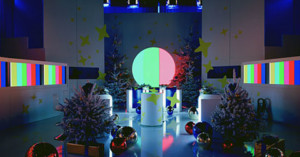
Paris-based photographer Marina Gadonneix documents the artificial spaces that are television studios while they are off the air and completely devoid of humans. The project is titled "Remote Control".

Silent World is a project by Paris-based artists Lucie & Simon that shows post-apocalyptic views of famous locations around the world. All but one or two of the people in each location are removed from the scene. Rather than use multiple exposures and compositing the images to remove moving objects (e.g. people and cars), they chose to use a neutral density filter -- one that's normally used by NASA for analyzing stars -- in order to achieve extremely long exposure times during the day.